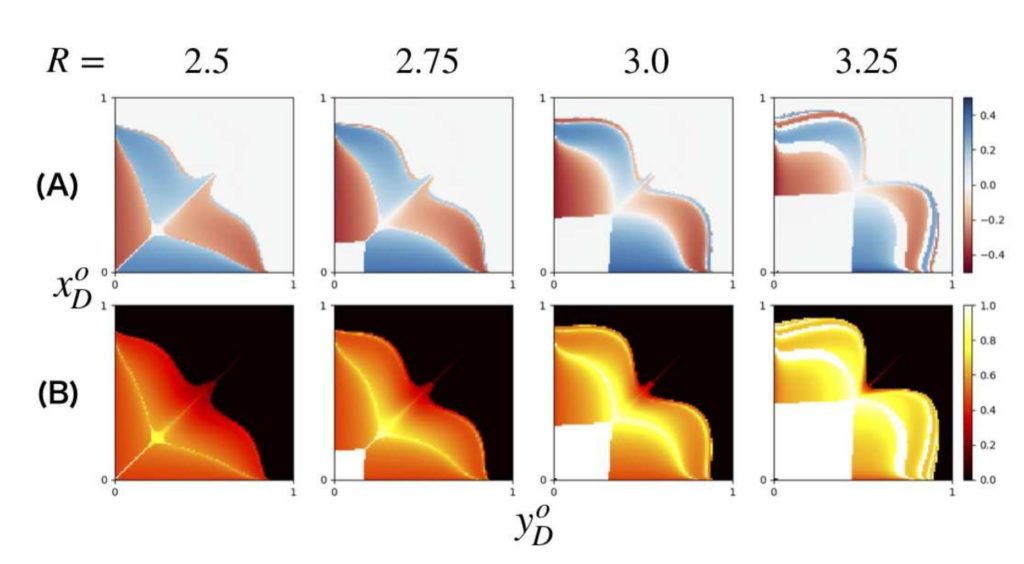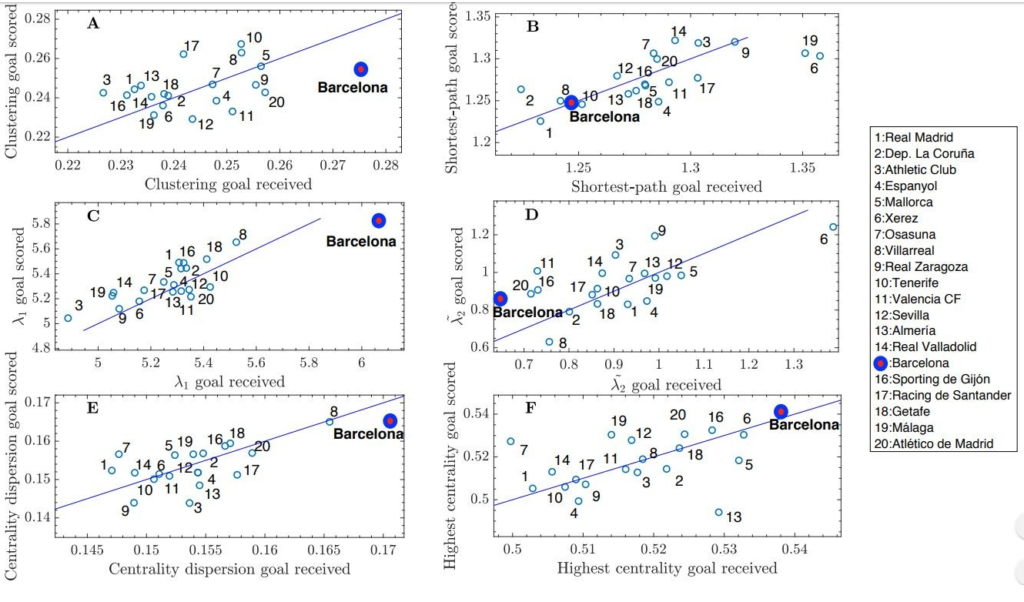In class, we learned about the Prisoner’s dilemma as a starting topic of game theory. In this game the prisoners cannot communicate with each other and they independently choose between not confessing and confessing. The researchers Yuma Fujimotoa and Kunihiko Kaneko at the University of Tokyo take it one step further to study the iterated prisoner’s dilemma. In this version, the suspects both learn from the previous game to decide on the current game.
It was believed that both players usually will learn from previous games and this would result in no player being a victim. This research proves this wrong. According to the researchers, the result of this study is that exploitive behaviour always exists, and this exploitative behaviour is one that is stable. The exploitive behaviour is when the probability of not confessing is not the same between the suspects and this is since it is sometimes more beneficial to confess, and this exploits the other player.

The research has many ways that such exploitive behaviour exists and that it depends widely on the initial conditions of the game. One such behaviour is as follows. Assume the suspects are Alice and Bob and that Alice learns Bob’s strategy. Alice can ensure that Bob does not confess since it is a better outcome than them both confessing, and this way Alice is able to exploit. It was also seen that exploitation can go both ways between the players causing more complex outcomes.
It is a fascinating result and I believe that this will be helpful in better understanding some of the outcomes in real life since exploitation is seen common in society.
References:

